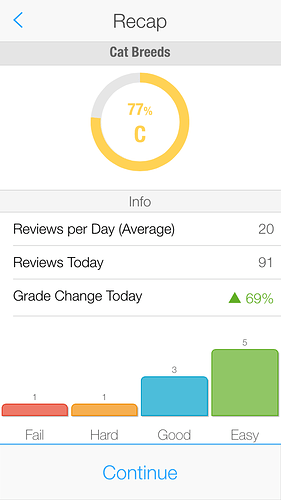Resources for Studying Math with RemNote
NB: This is a wiki post. Please feel free to contribute. In particular, add your own resources under “Resources”. External resources also are appropriate, but should be marked as such. You could post underneath as a reply and then link to that reply in this main text. See Jay’s notes as an example.
So far in Mathematics with RemNote…
Hello fellow RemNoters.
In service of the new study groups created for the Discord server, this post is a compilation of all official and community Math relevant resources produced so far for RemNote.
In the forum thread, “Has anyone ever studied maths with RemNote?”, brunntobi asks us what role spaced repetition plays in studying Maths with RemNote. Resident CSS wizard Hannes reminded that mastering the fundamental parts first allows you to develop your expertise on solid ground, implying the use of the queue, RemNote’s spaced repetition component, for keeping definitions and core concepts on roll call and leading us to the question of “what’s most important in Maths to internalise/master?”
Ingelbertph from the University of Hong Kong linked to his developed set of notes, explaining that his workflow omits the queue and utilises daily notes, emphasising a considered approach that asks when and how to apply structure to your notes. Math teacher 88DM88 also stepped in to reveal their workflow after a period of experimention with RemNote, demonstrating a trial-and-error approach that suggests “what works” isn’t always arrived at immediately, and that through determination we can build our own insights from the ground up. The thread came full circle when Tobias posted his own answer in a write up on Medium, but that in doing so explored much more. You’ll have to read the full post for a spin on the Zettelkasten concept of permanent notes by blablagang.
While it is usually recommended to run through the excellent RemNote tutorial first, once comfortable with RemNote here are the community resources specific for Mathematics. Below is what is intended as an exhaustive list. If you know of a resource I’ve left out, please mention it below!
Resources
Articles and videos, example notes, and CSS snippets. Lightly annotated.
Articles & Videos 

-
@brunntobi’s article on How To Study Maths With RemNote. A slim article that packs a helping punch. Touches upon the utility of the concept-descriptor, creating exercises and his idea of “feedback flashcards”, keeping a todo list in the style of Ali Abdaal’s revision timetable, tips on writing LaTeX and more. (NB: Requires a Medium account.
-
@penolopiedavid’s video on Active Recall and Spaced Repetition. As a Math and Econ grad, Penelope showcases a hindsight-rich four step workflow. Includes example notes for various components of mathematical knowledge like graphs and equations.
Example Notes 
-
@ingelbertph’s notes on Statistical Modelling and Research Methods for Statistics. How might notes look like after comitting to RemNote? Peek at an advanced set of notes featuring the use of headings, tags, flashcards, references and a whole lot of LaTeX.
CSS Snippets 
- @Hannes’ Bigger LaTeX. Keep squinting at LaTeX? Hannes has you covered with CSS to increase the font size.
Misc.
TODOs
O Featured tips section
O Common questions and issues
O Quick LaTeX tutorial gif?
Edits
01 May, 2021: Added message to encourage new edits.

 thanks for compiling this!
thanks for compiling this!